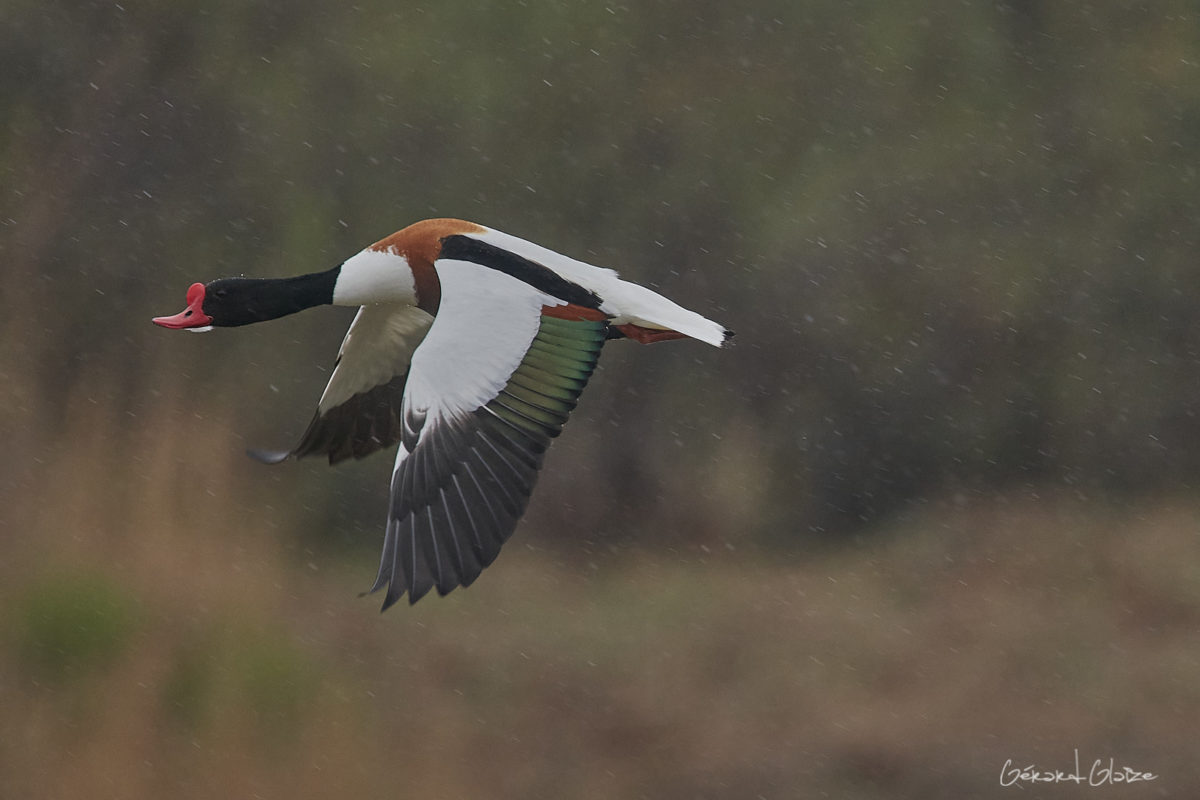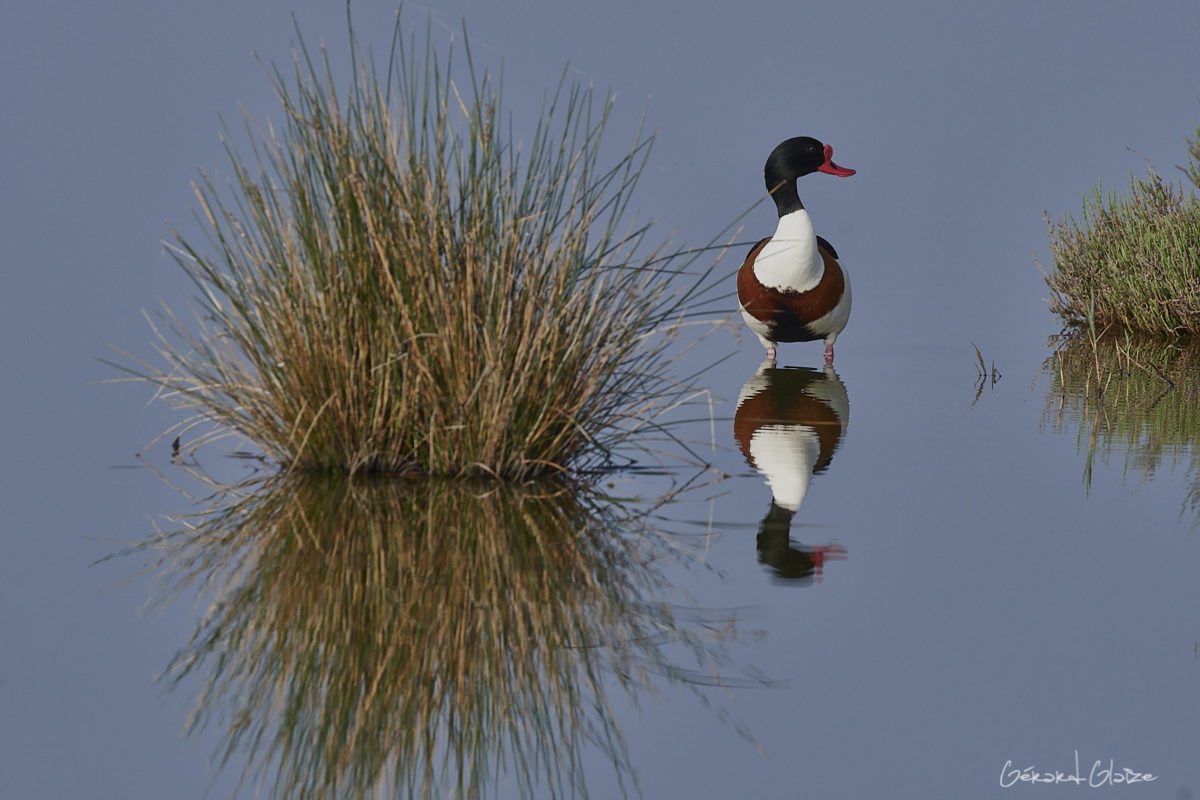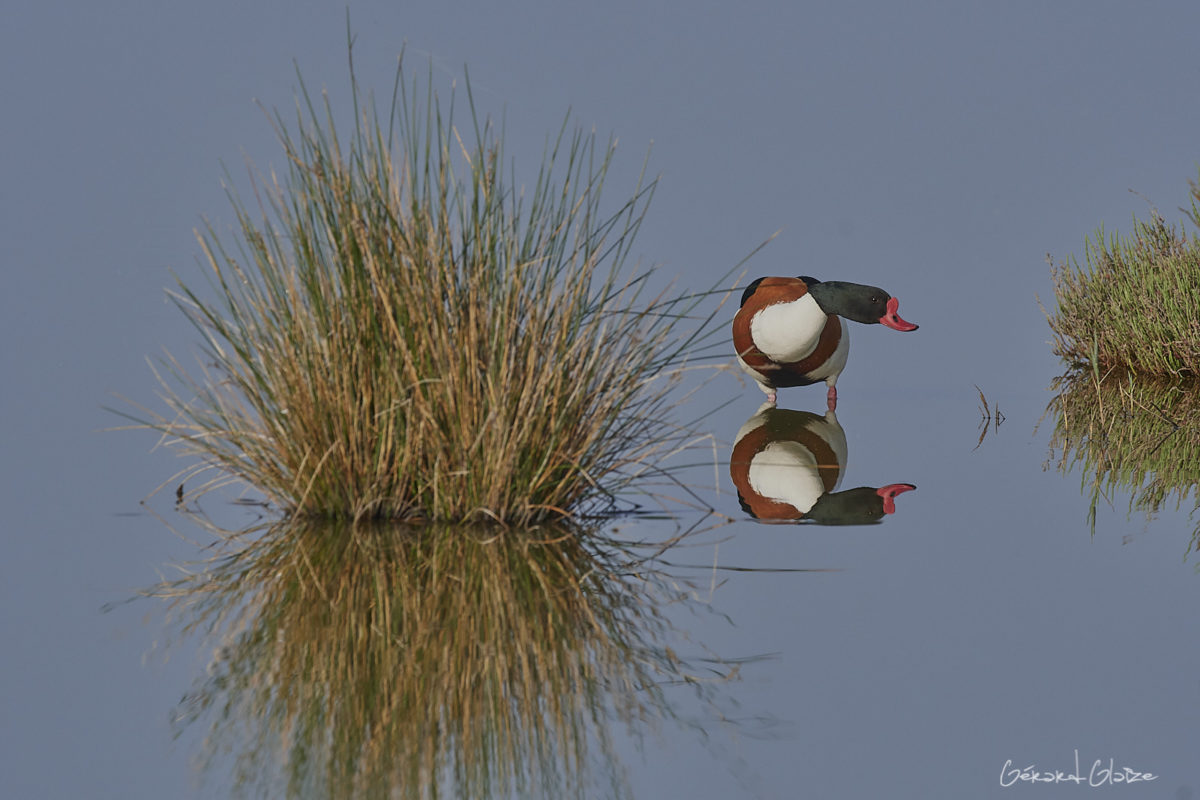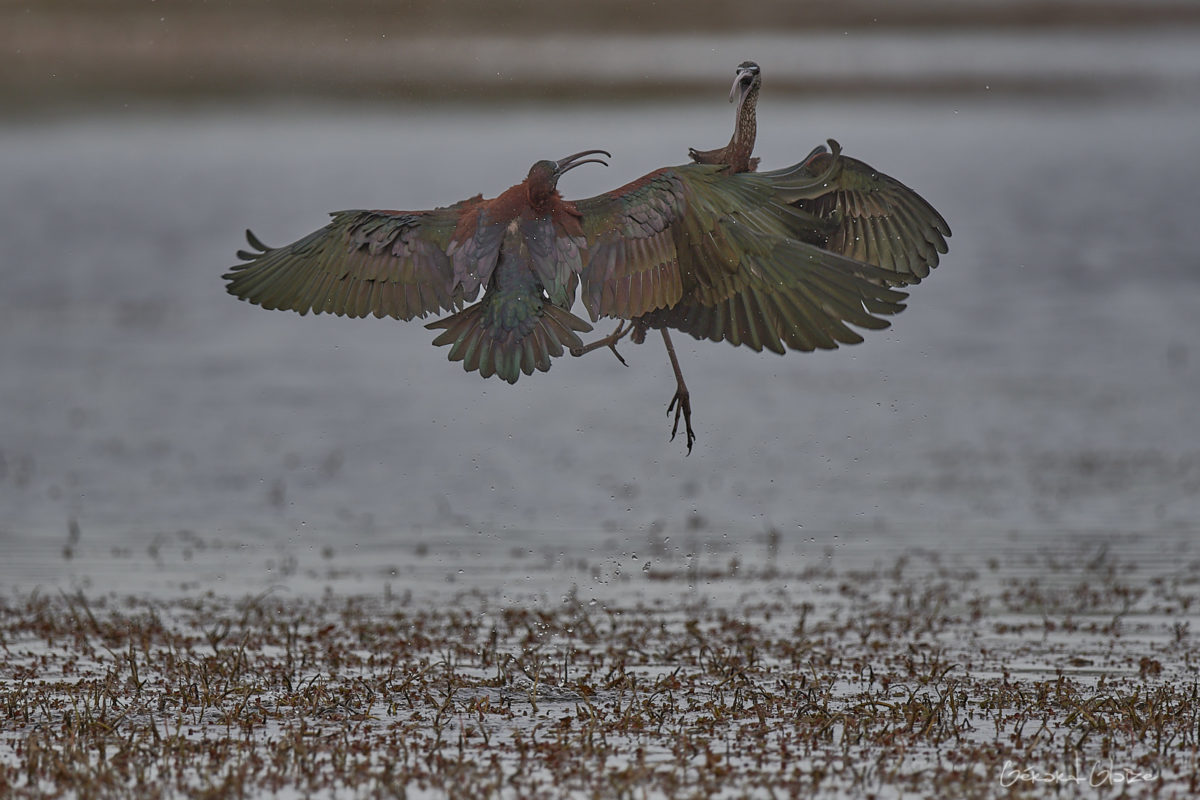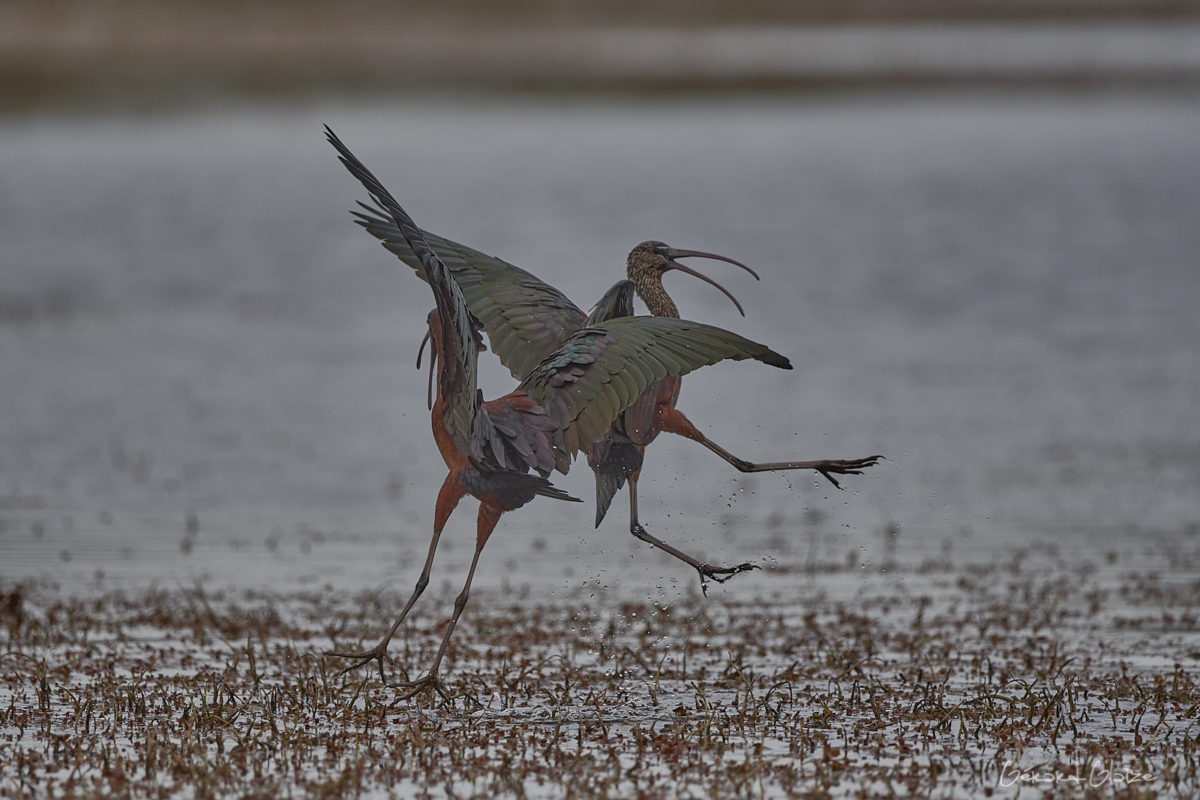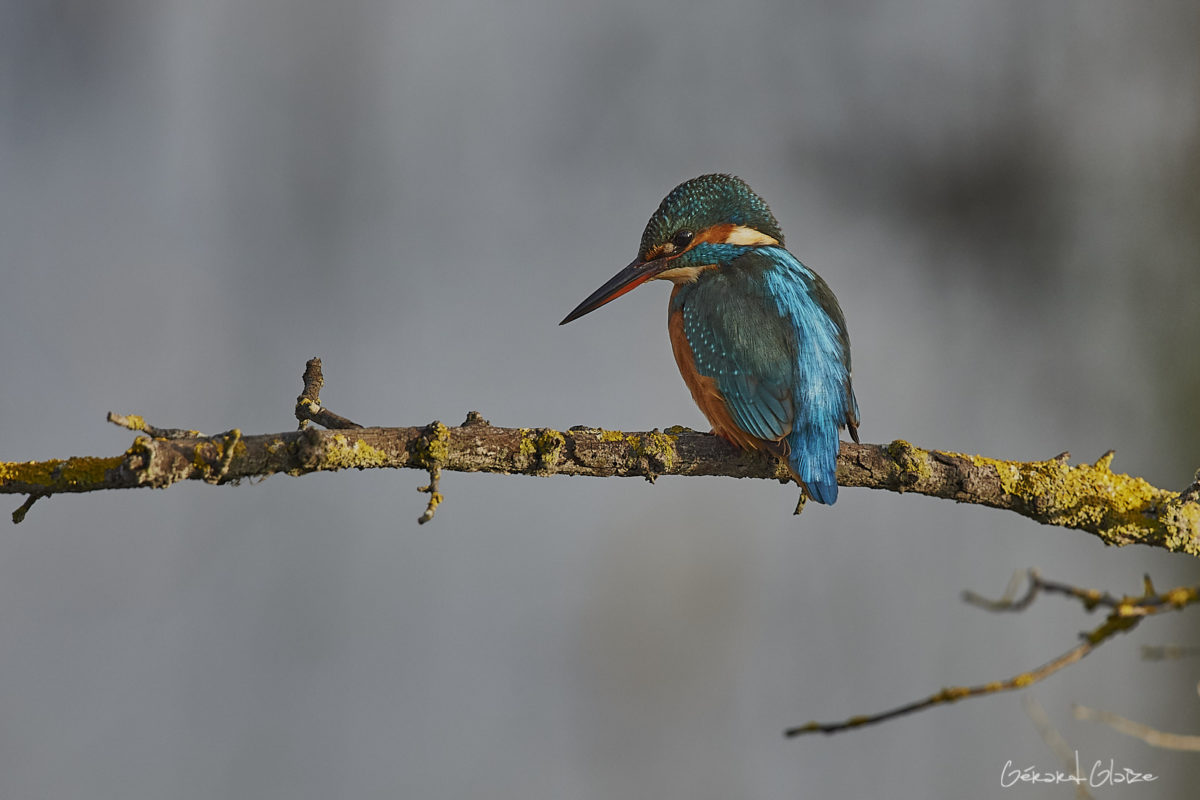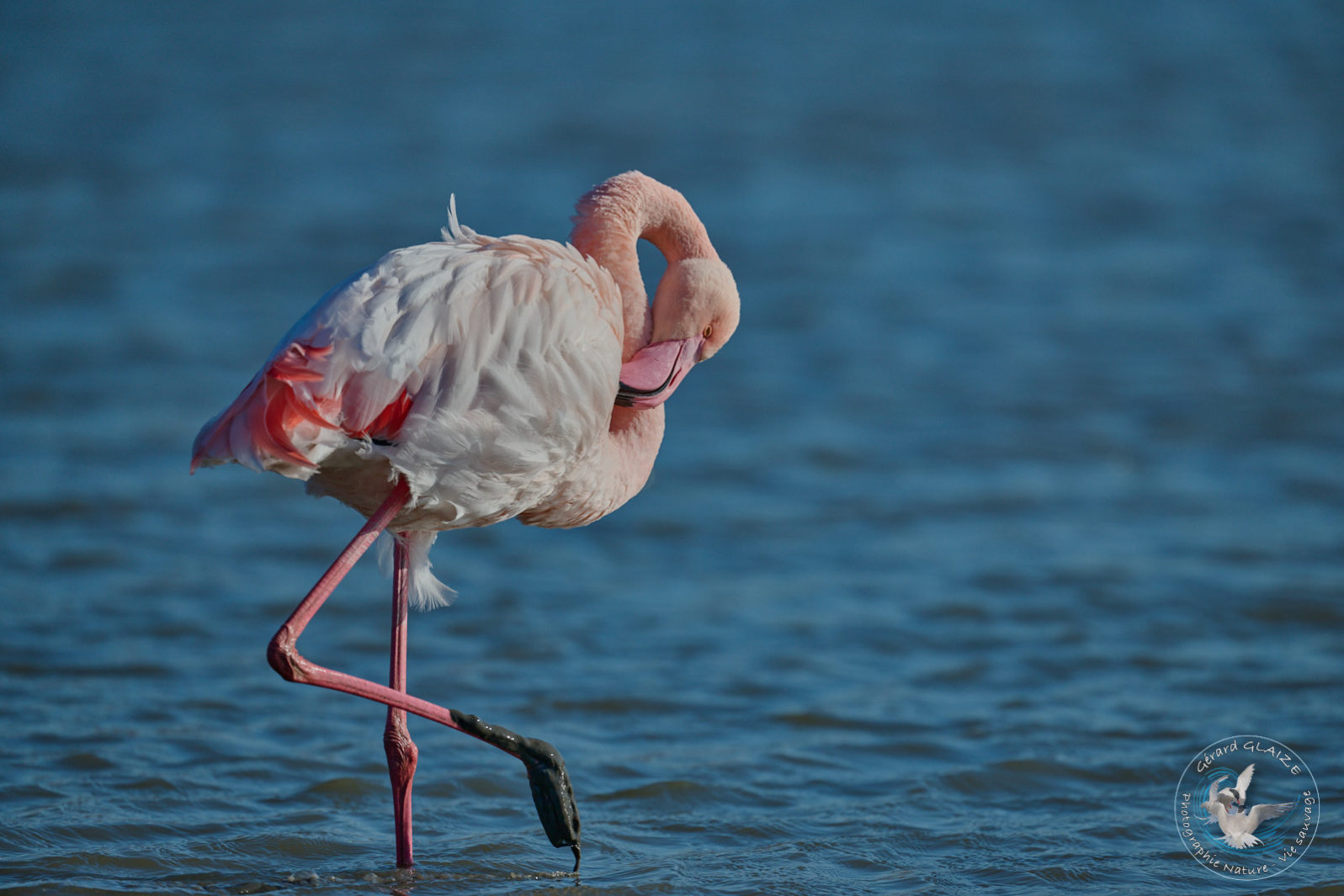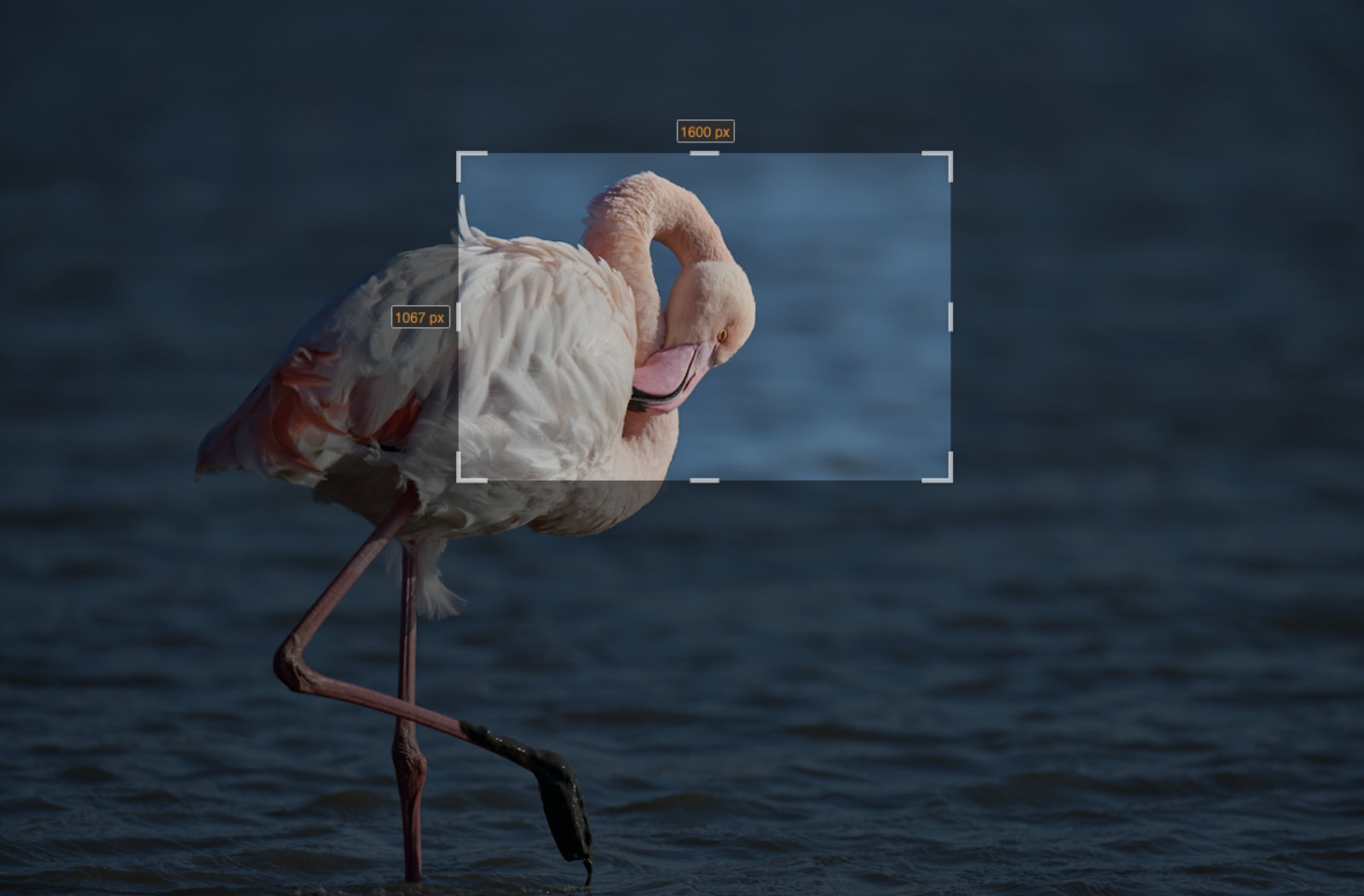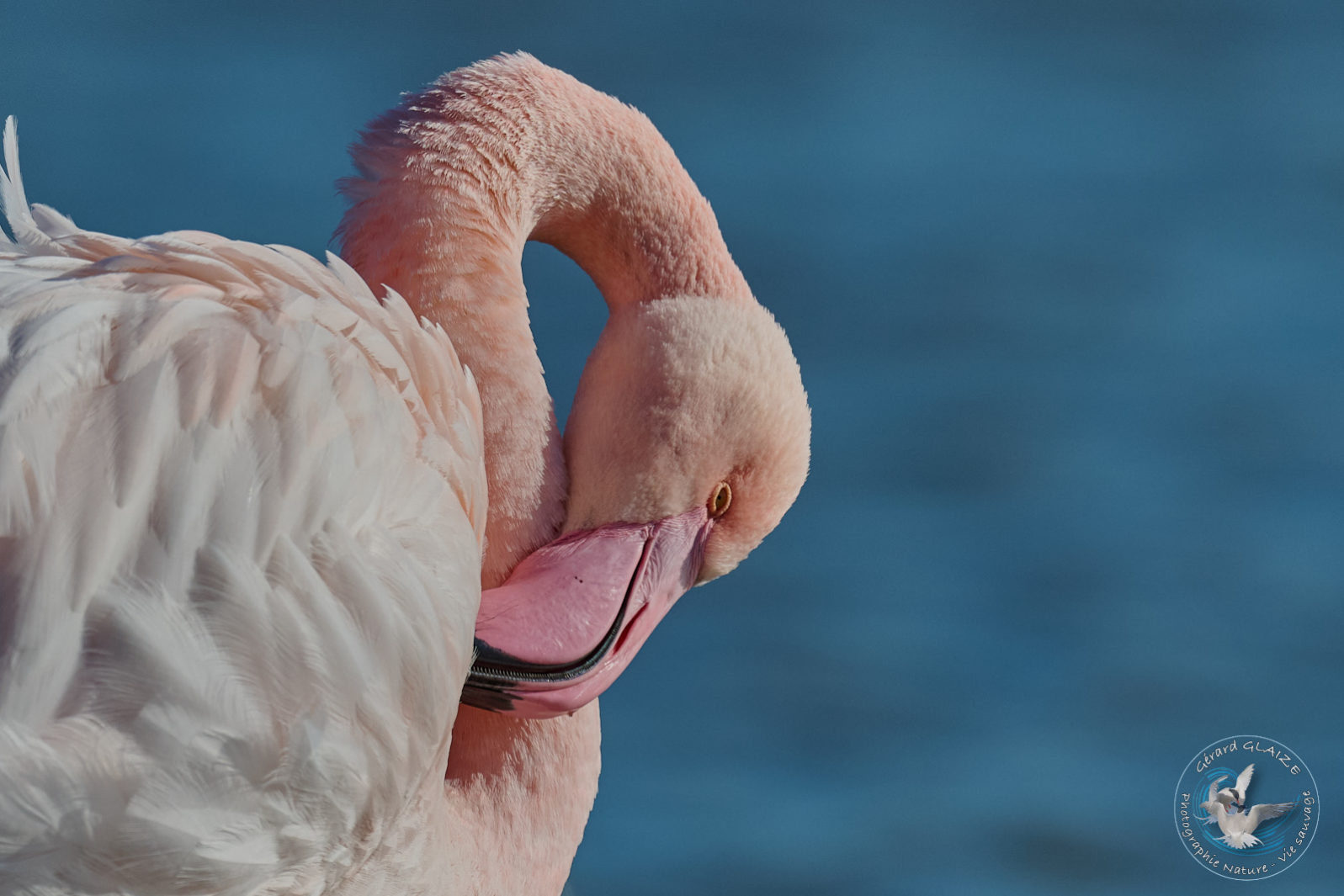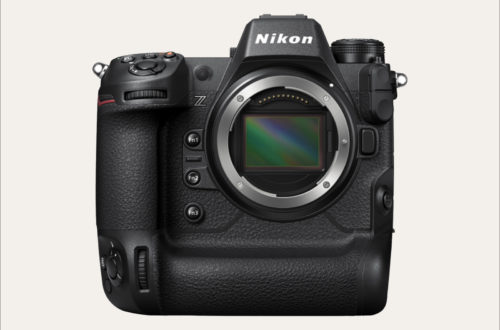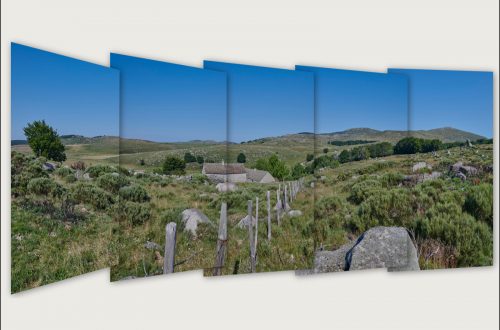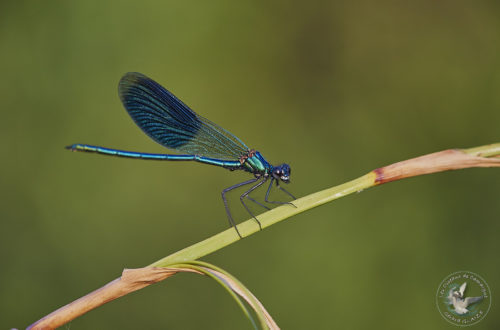Wildlife photography
A few principles on wildlife photography,
before purely technical considerations…
Patience :
It must be the first quality of any wildlife photographer, as well as a regular practice of this type of photography. Knowing the terrain and the environment where you practice is essential to capture interesting photos, and avoid disturbances of the fauna. The local fauna near your home often allows you to take very beautiful photographs, without looking for exotic fauna.
Do not hesitate to revisit places or shooting spots. There’s always something going on, it’s all about being there at the right time. Just because you didn’t see anything last time doesn’t mean nothing is going on! There is undeniably an element of luck in wildlife photography. But devoting enough time to your shooting projects will increase your chances of success.
Light :
The light of the early morning or the end of the day provides a superb atmosphere. On the other hand many animals are often very active at daybreak.
Composition :
Scenes are often very fast in wildlife photography. Animals are often unpredictable, and one forgets a little about the composition of one’s image. However, if you know the fauna well and if you observe well, you can anticipate the behavior of an animal or a bird.
In wildlife photography, we are often tempted to use large telephoto lenses to get closer to the animal and frame tight. Sometimes a larger composition makes it possible to highlight the environment in which the animal evolves.
Shutter Speed :
In your wildlife photography, you’ll be using long focal lengths (often longer than 300mm, 500mm, or even 600mm). These long focal lengths induce instability when handheld, and a significant risk of camera shake. If you have the option of using a tripod or at least a monopod, this risk is much less significant.
An old rule of thumb was to use a shutter speed at least equivalent to the focal length of your telephoto lens. (Example: 1/500th of a second with a 500mm telephoto lens). Today, this rule is somewhat outdated, as most of our cameras or telephoto lenses have an optical stabilization system.
However, your camera’s stabilization system will protect you from image blur caused by camera shake, but not from image blur caused by the sometimes very rapid movement of a bird or other animal.
However, a slower speed is sometimes preferable in order to make a photo more dynamic (such as the blurring of the wings of a bird in flight).
Focus on the eyes :
An animal’s eyes express its state and emotions (calm, wariness, fear, etc.). Hence the importance of having perfect focus on the eye. A beautiful photo with an unclear eye loses much of its expression.
The autofocus systems of our current cameras help us a lot in this area. Most current mirrorless cameras have autofocus with a wildlife mode that searches for the animal’s eye to focus.
Pay attention to your shooting perspective :
Shooting from the animal’s height is generally the best. Being at eye level with a fox when shooting creates a sense of intimacy with your subject. So don’t hesitate to bend down to the animal’s level, or even lie down on the ground.
This rule is sometimes difficult to follow. Personally, I sometimes get annoyed when I’m on a blind in an observatory, where you’re often forced to take high-angle shots to photograph birds in the marsh.
Discretion :
A few points that seem obvious, but a little reminder is always useful:
- Avoid noise, most animals are fearful, have very keen hearing and excellent eyesight.
- Sudden gestures.
- Clothes with too showy colors depending on the environment. The hunting department of some sports stores makes it possible to find appropriate outfits. These outfits allow camouflage according to the environment practiced and are comfortable if necessary.
The sometimes unpredictable side of animals is part of the interest that wildlife photography represents for me.
Some technical considerations for practicing wildlife photography…
Many photographers who are new to this discipline ask themselves the question about the photographic equipment necessary to practice it.
First, you need to ask yourself several questions:
- Type of fauna do you plan to photograph (birds, small fauna, large mammals…).
- Environment are you going to practice (marine environment, humid environment, snow, rain, undergrowth, etc.). Are you considering using a floating blind.
- Budget do you want to devote to your passion.
Big telephoto lenses in the 500mm f/4, 400mm f/2.8 style are always the dream of amateur photographers. However, these certainly have advantages but also disadvantages:
Advantages:
- Lens of very high optical and mechanical quality (tropicalization).
- Very bright lens avoiding too high Iso in difficult light conditions.
- Nice background blur (bokeh) due to the large aperture of these lenses.
Inconvenience :
- First of all, a very substantial budget (more than €10,000 new…)
- A weight (more than 3kg for a 500mm f/4), which can be a handicap in the field. This type of telephoto lens is difficult to use freehand, and often requires the use of a tripod, or at least that of a monopod.
I used a Nikkor 500mm f/4 AFS-VR telephoto lens for over 10 years until this year. When I switched to a hybrid with a Nikon Z9, I parted with this one (with regret). Today I use a Nikkor Z 100/400mm f/4.5-5.6 S series zoom instead. If I have good proximity, I work in FX mode (full frame), otherwise I switch to DX mode which allows to have the equivalent of a 600mm. The definition of the Z9 sensor (45 mp) allows me to work in DX with a definition equivalent to a D500.
With age, the 500mm had become too heavy for me (3.9Kg, almost 6Kg with a D4) and difficult to use freehand. The 100/400mm zoom weighing 1.4 Kg allows me to work freehand and to have great mobility for tracking certain birds. The 5.6 to 400mm aperture remains very good for the shooting conditions encountered in the Camargue. Bokeh is certainly less beautiful than with the 500mm in certain conditions, but remains very pleasant.
Possible choices :
If you are new to wildlife photography, If the weight of the equipment puts you off, If your budget is limited, what choice?
- Use an APS-C sensor box, sensor smaller than the 24×36 format (16×24 at Nikon – 15×22 at Canon) which allows to have a coefficient of 1.5 at Nikon, and a coefficient of 1.6 at Canon compared to the format 24 x 36, your 300mm thus becomes a 450mm or 480mm without loss of brightness. (the aperture of the optics remains the same).
- Using a typical 300mm f/4 lens (such as the Nikon AF-S NIKKOR 300mm f/4E PF ED VR that I used with the D850) this lens weighs less than 800gr. Its new price is around 1800€.
- Use a Canon EF 100-400mm f/4.5-5.6 L IS II USM style zoom, around 2200€ or Nikon AF-S 200-500/5.6 E ED VR, around 1400€.
- Use a TC14EIII style converter from Nikon, around 520€, which allows you to have a 1.4 coefficient (your 300mm becomes a 420mm, however at the expense of brightness because you will lose an aperture) to be reserved for fairly bright optics f/4 minimum preferred; on an optic opening at f/5.6 the aperture becomes f/8, and this can affect the functioning of the autofocus, the quality of the background blur, and the rise in Iso…
Personally, I do not recommend using a TC20EIII type doubler converter, unless you are lucky enough to have a telephoto lens opening at f/2.8 because this type of converter makes you lose 2 apertures. - Combine an APS-C sensor box with a coef.1.4 converter. In this case, your 300mm f/4 becomes a 630mm f/5.6 at Nikon. I sometimes used this option (Nikon D500 + Nikkor 300mm f/4 PF E VR + Nikon TC14EIII converter) which allowed me to have very light equipment.
Some examples in photography :
- Common Shelduck : the interest of this photo is largely linked to the weather conditions.
- Glossy Ibis: here it is the behavior of the birds that brings dynamics to these images.
- Kingfisher : here the 500mm telephoto lens allowed me to isolate the bird on its fishing post.
Common Shelduck in flight under the rain in the Camargue. I was in an observatory, a little disillusioned by the weather conditions, when I saw this Shelduck in flight…
I like the atmosphere of this photo, although it is not perfect (the Shelduck is a little too advanced on the left side of the image).
Common shelduck on a marsh in the Camargue…
I took advantage of a beautiful morning light, and the total absence of wind (a rare thing in the Camargue) to take these photos with this beautiful mirror effect.
At certain times of the year, especially in spring when birds nest, we can sometimes capture very dynamic scenes, such as these two Glossy Ibis in full quarrel…
Kingfisher – Camargue – In this photo, the 500 mm f/4 VR on a full-frame sensor allowed me to blur the background, and highlight the Kingfisher on his fishing post.
A dream telephoto lens
In January 2024, I had the opportunity to try out a dream telephoto lens, the Nikkor Z 600mm F/4 TC VR S. This telephoto lens has a built-in 1.4 converter, making it an 840mm f/5.6 telephoto lens with the converter activated. This telephoto lens was lent to me by Nikon France during a material presentation day at the Parc Ornithologique du Pont de Gau in Camargue.
Below you will find a photo taken with this telephoto lens at a focal length of 600mm (hand-held) and with my Nikon Z9, as well as a crop of this same photo to appreciate the definition of this lens.
But the dream has a price: 17,000 euros …
Here, I hope that this article will be able to enlighten those who hesitate in their choice. You can leave me your comments, or your questions if you wish.
Quote of the moment
The man tumbled down to Earth,
- exterminate the beasts,
- split the atom,
- tampered the gene,
- changed the organisms,
- acidified the soil,
- plasticized the seas,
- and pollute the atmosphere.
All this in such a short time: what talent!
Quote of Sylvain Tesson
Then he named “harmful” those who did not participate in the business.



